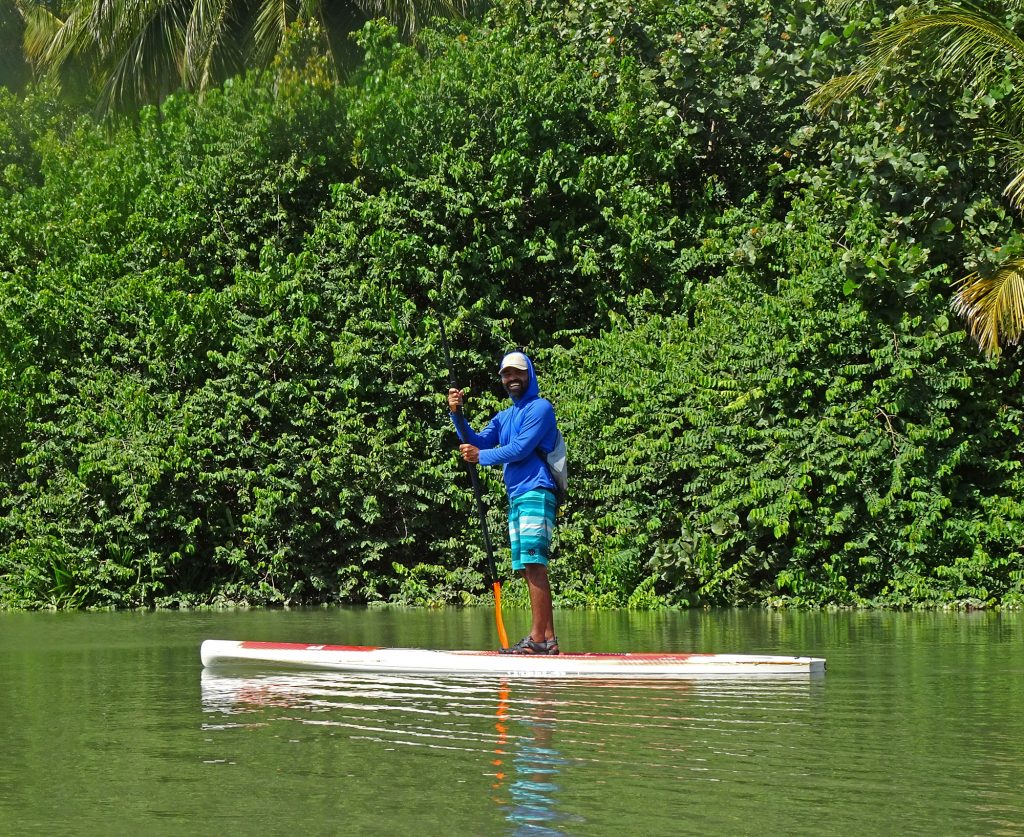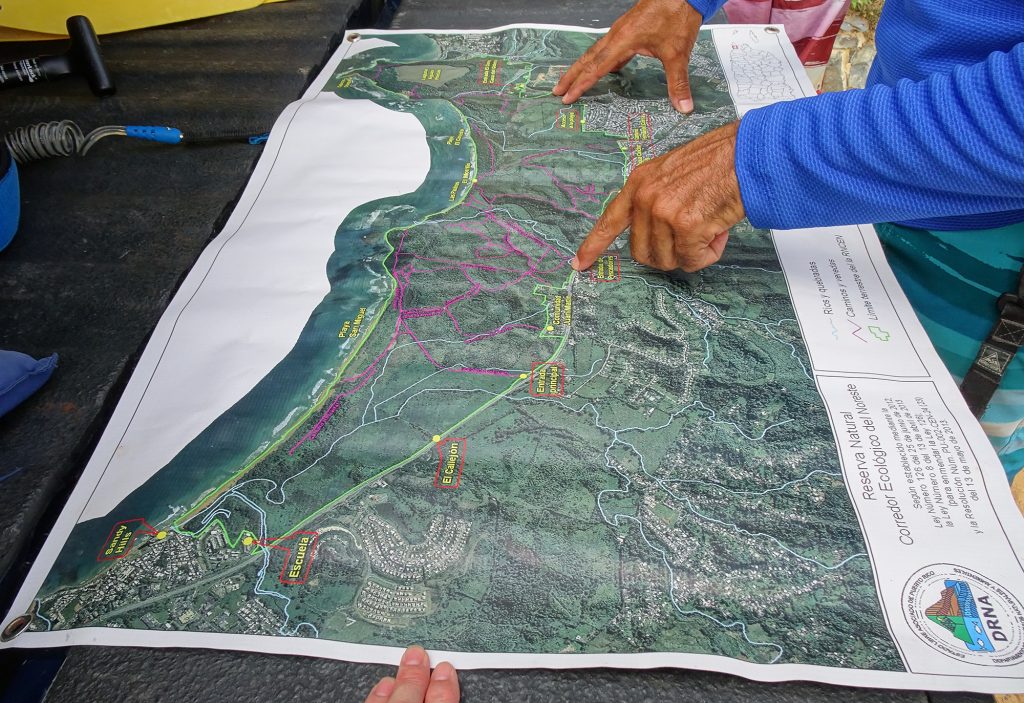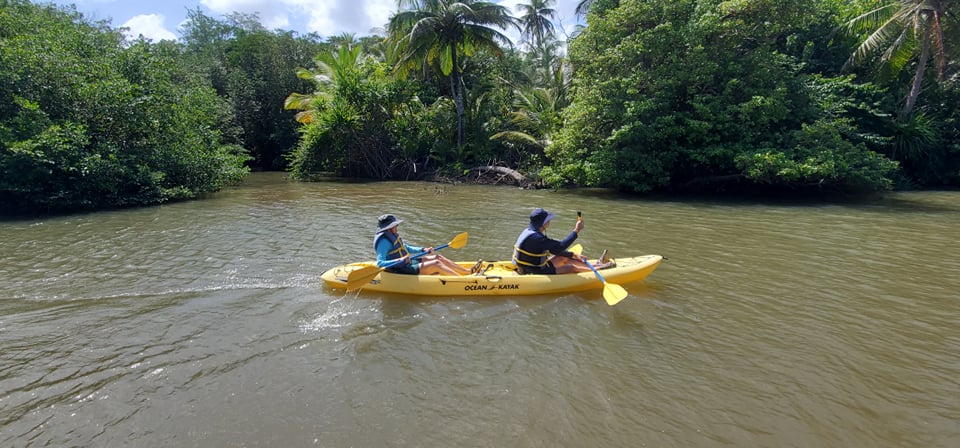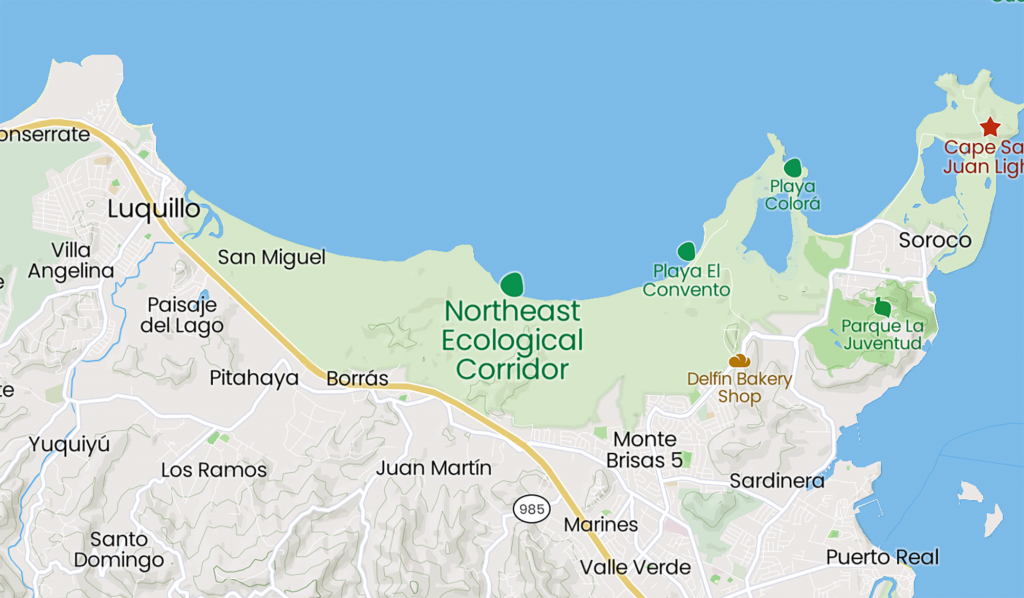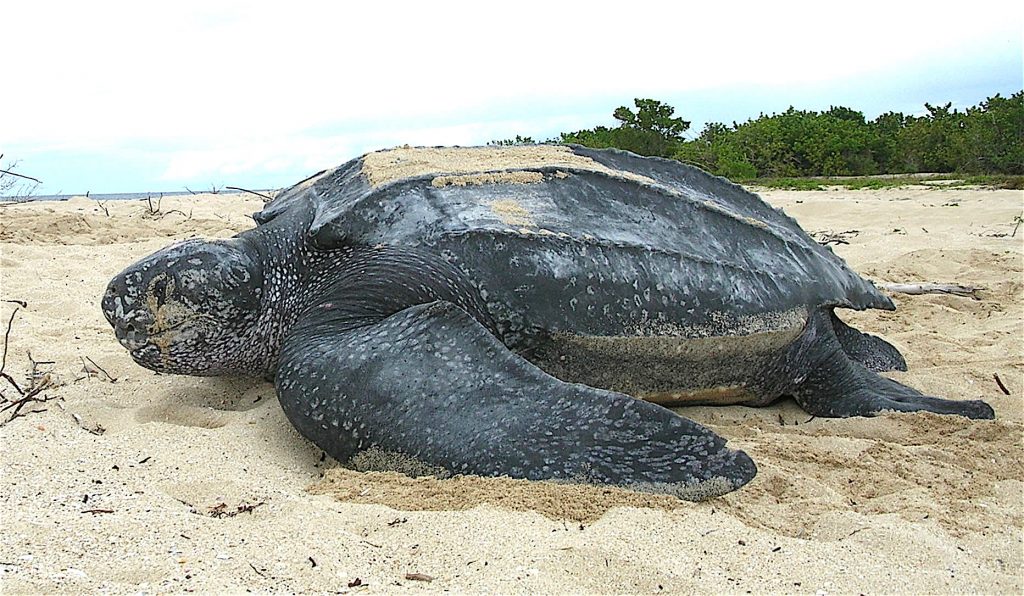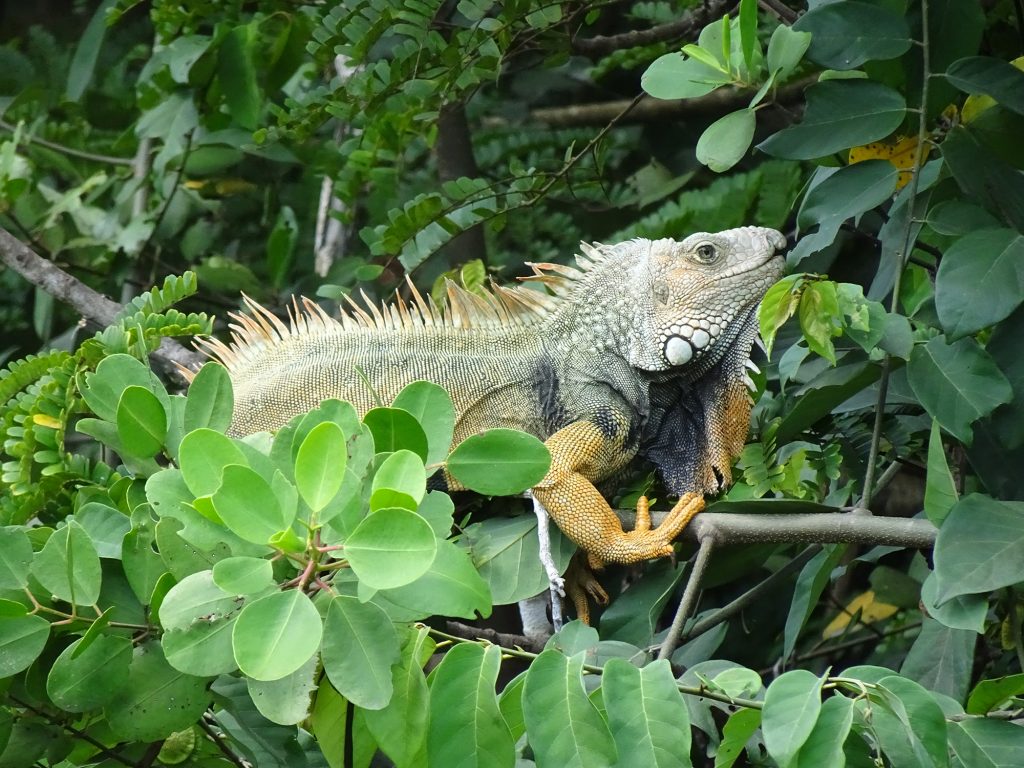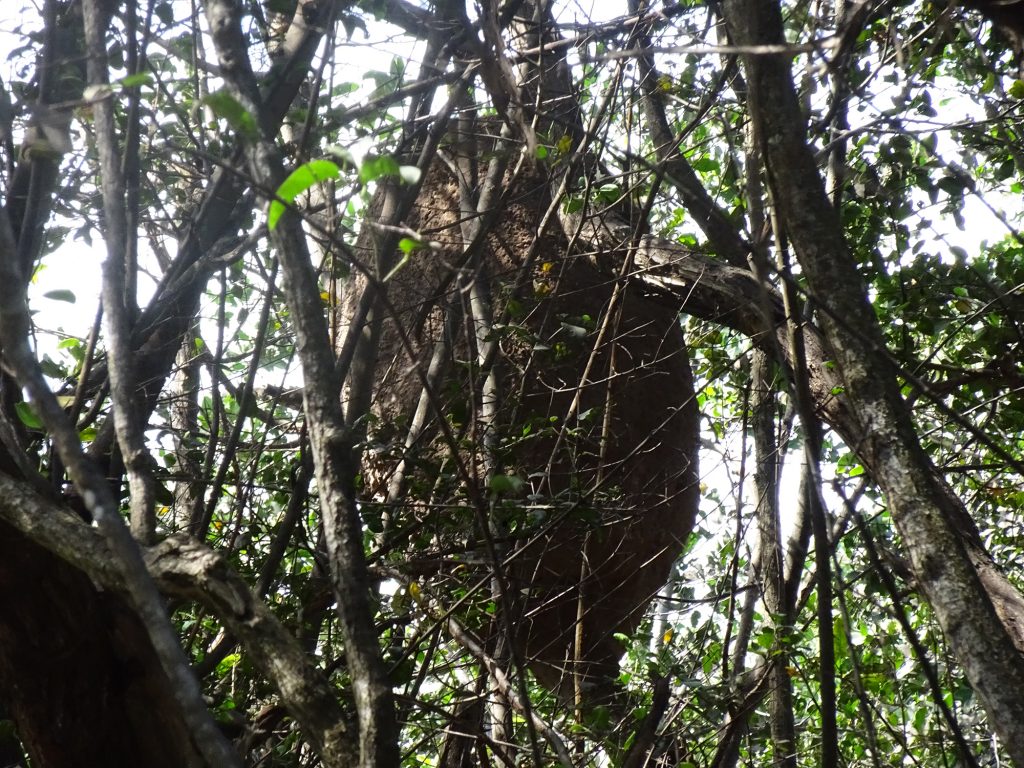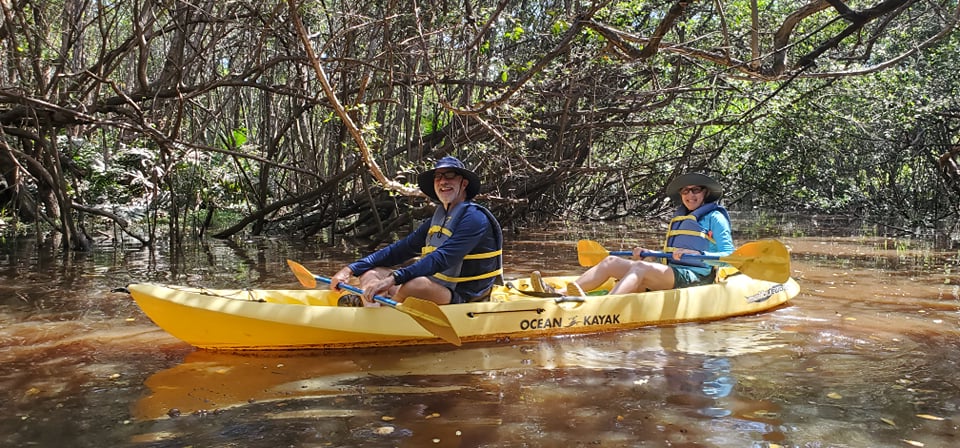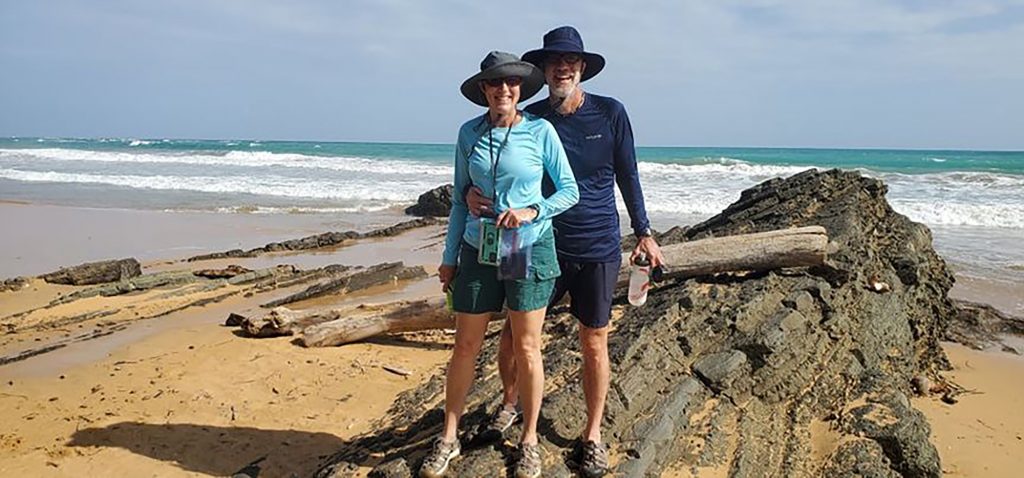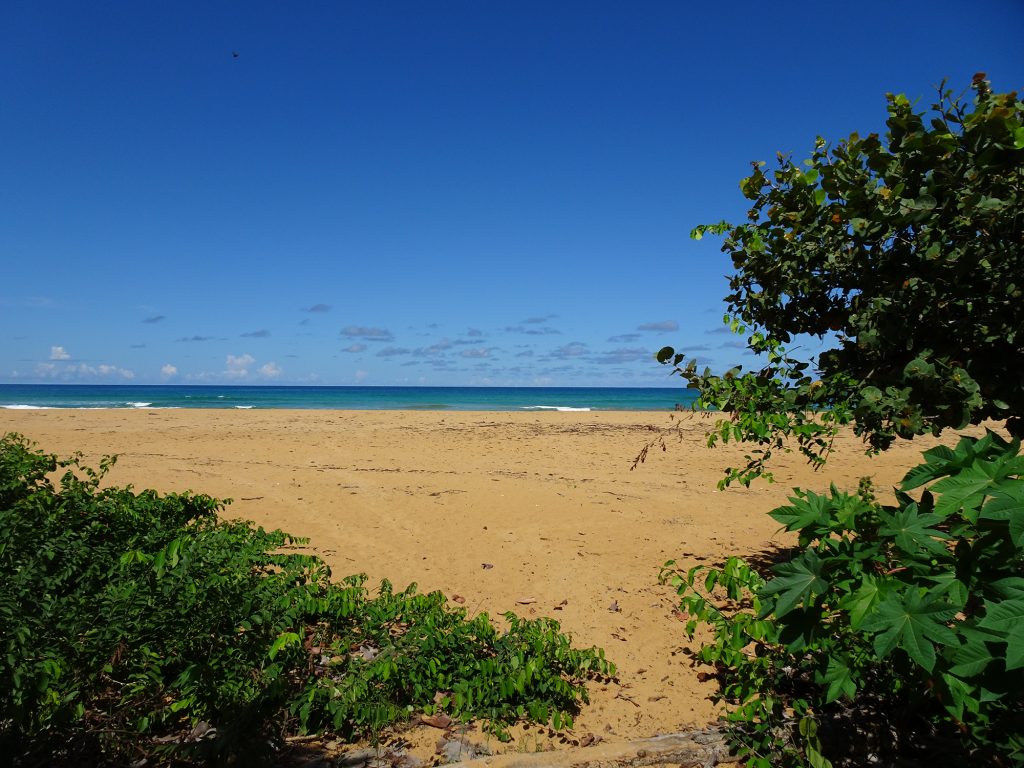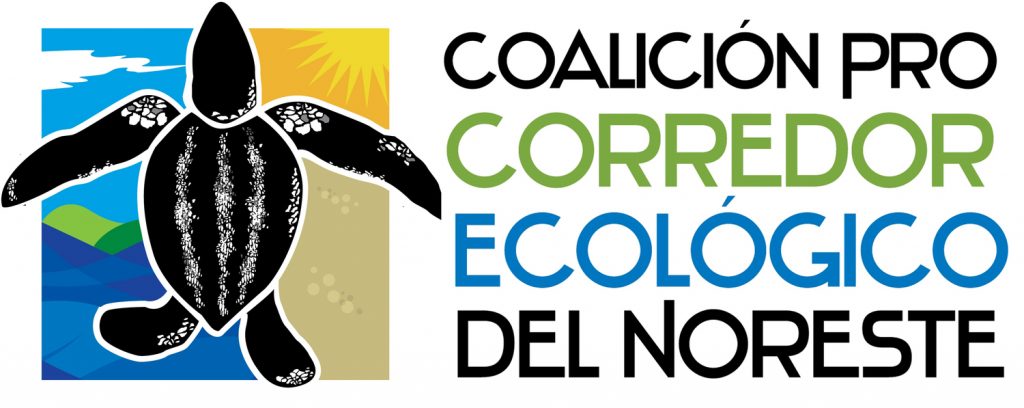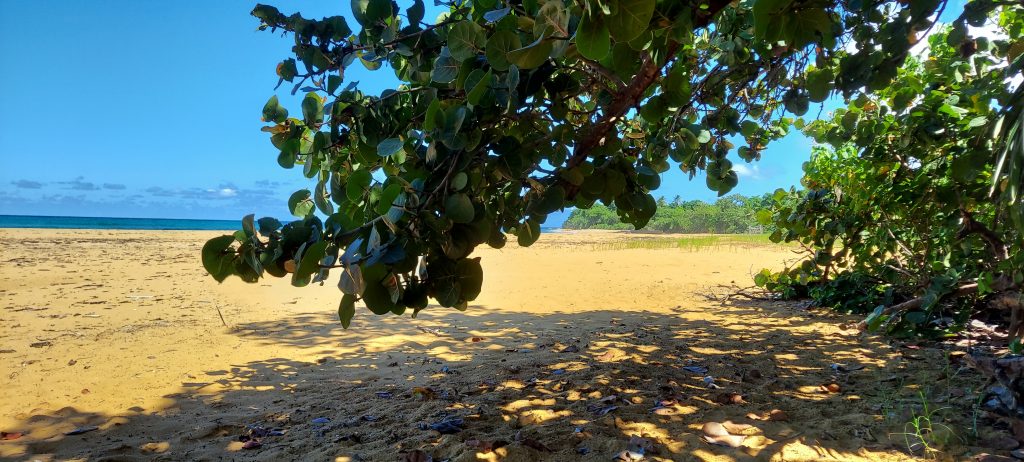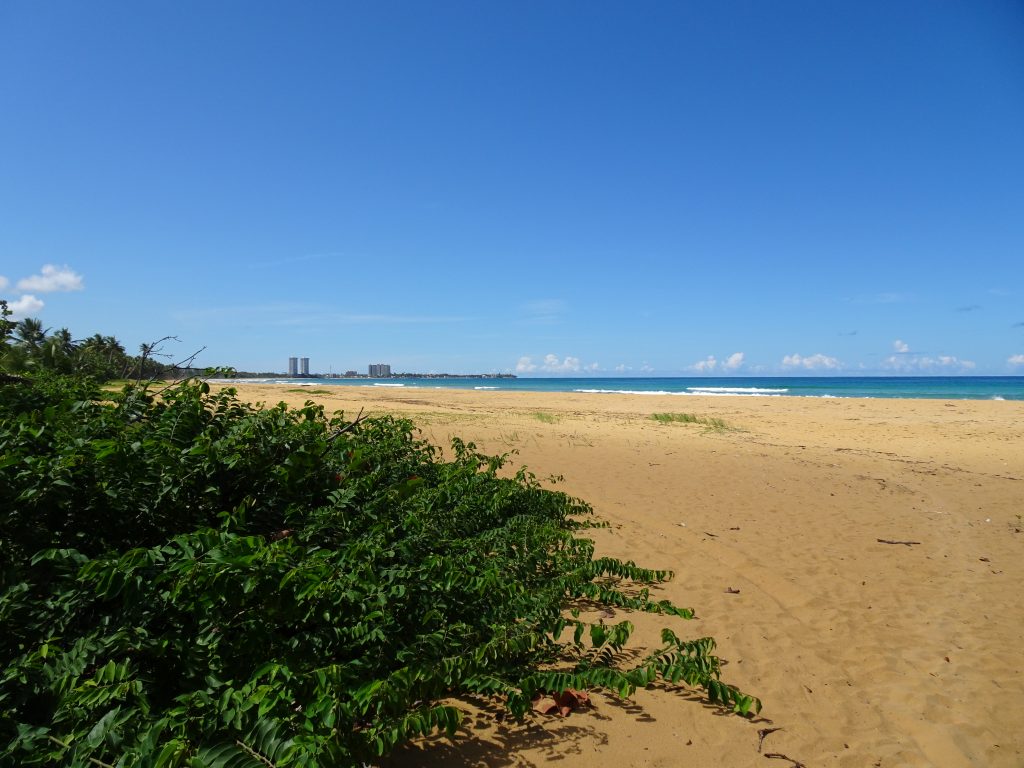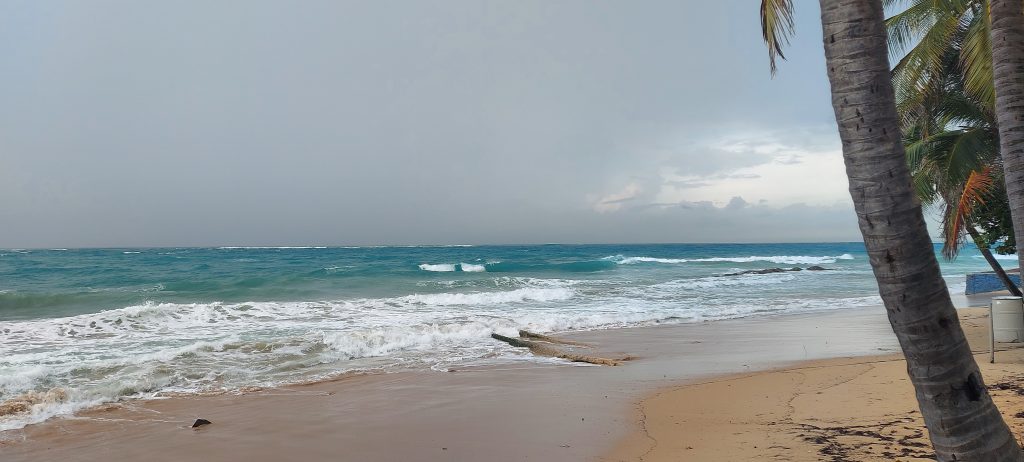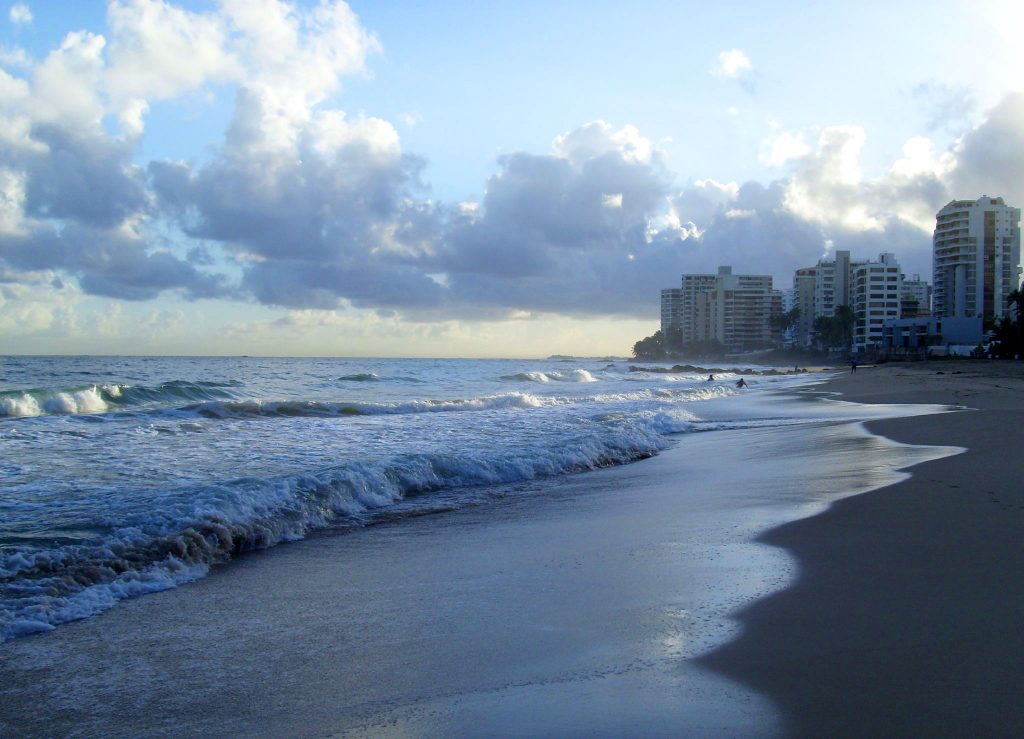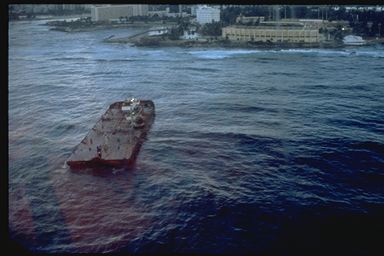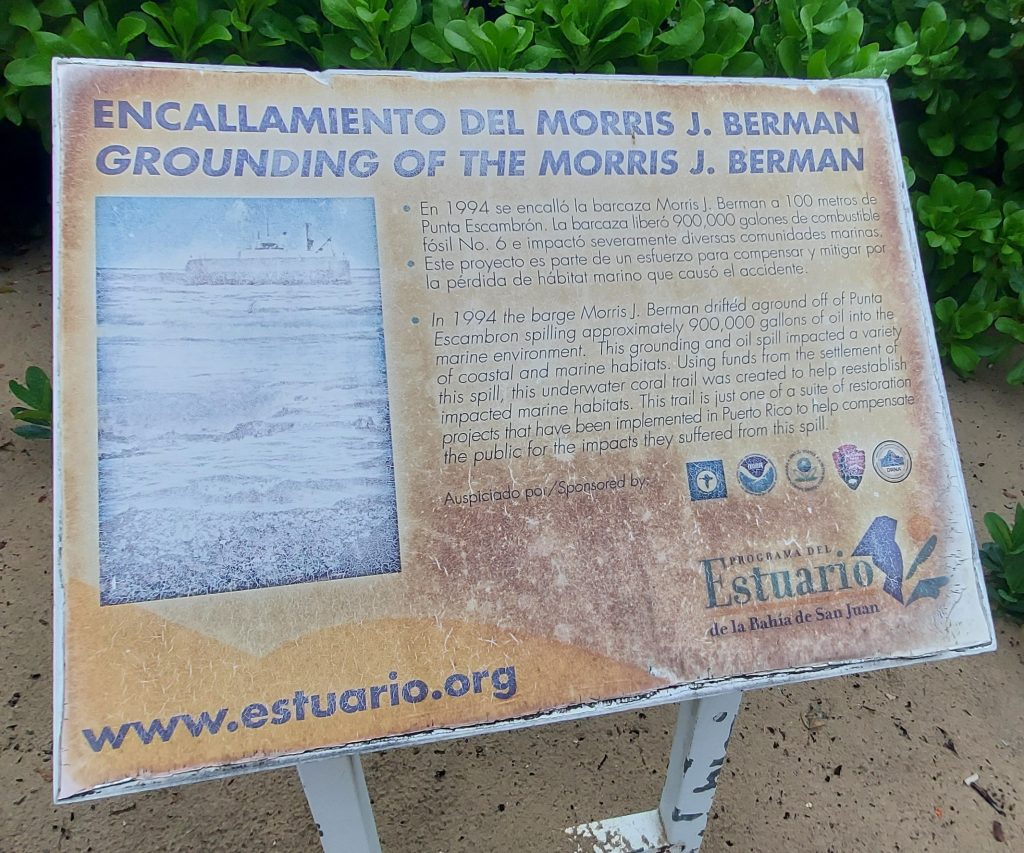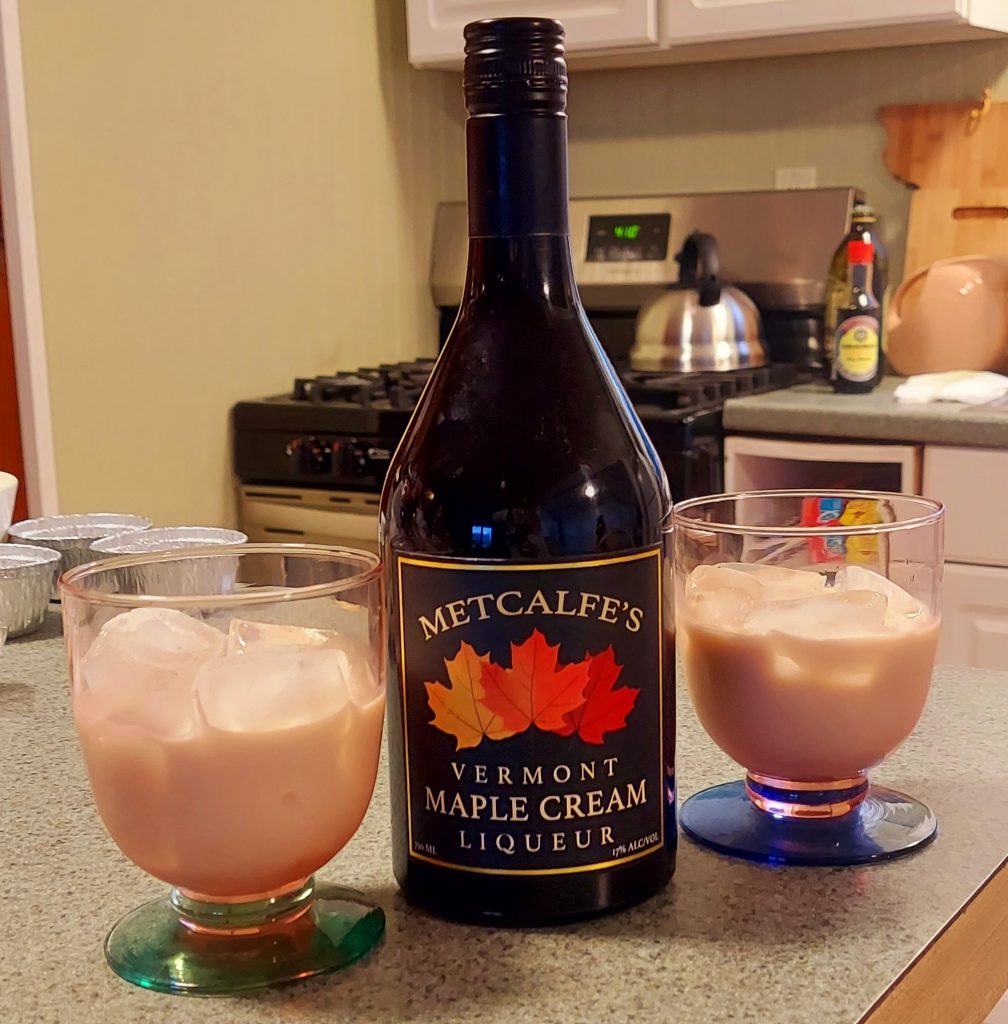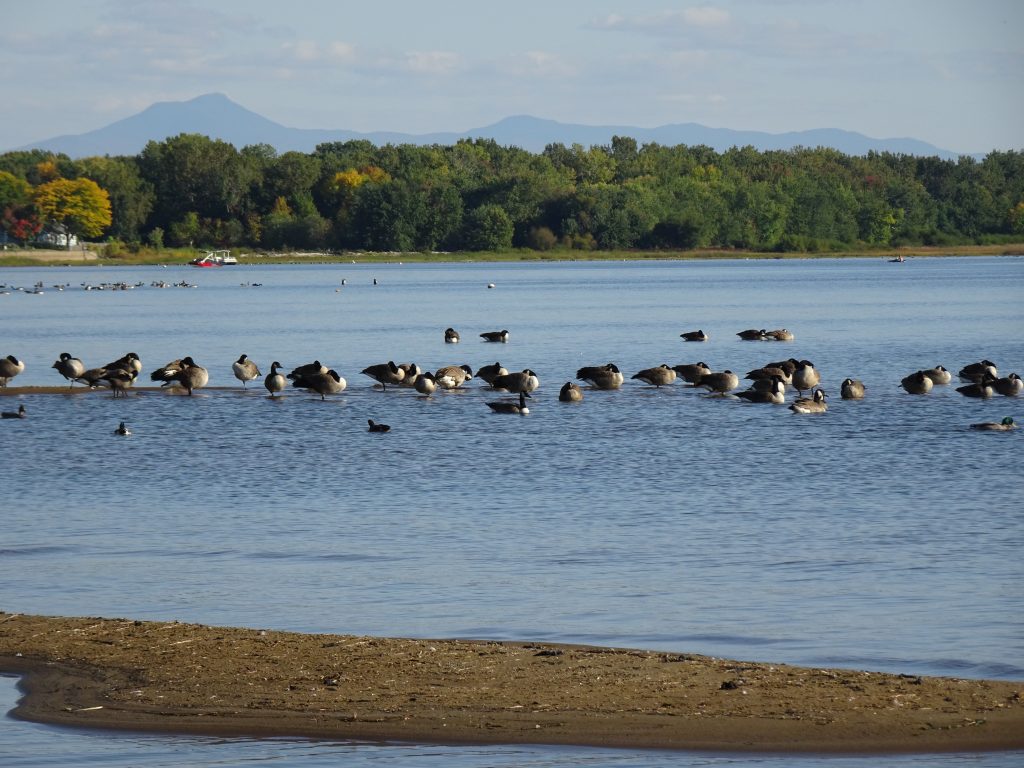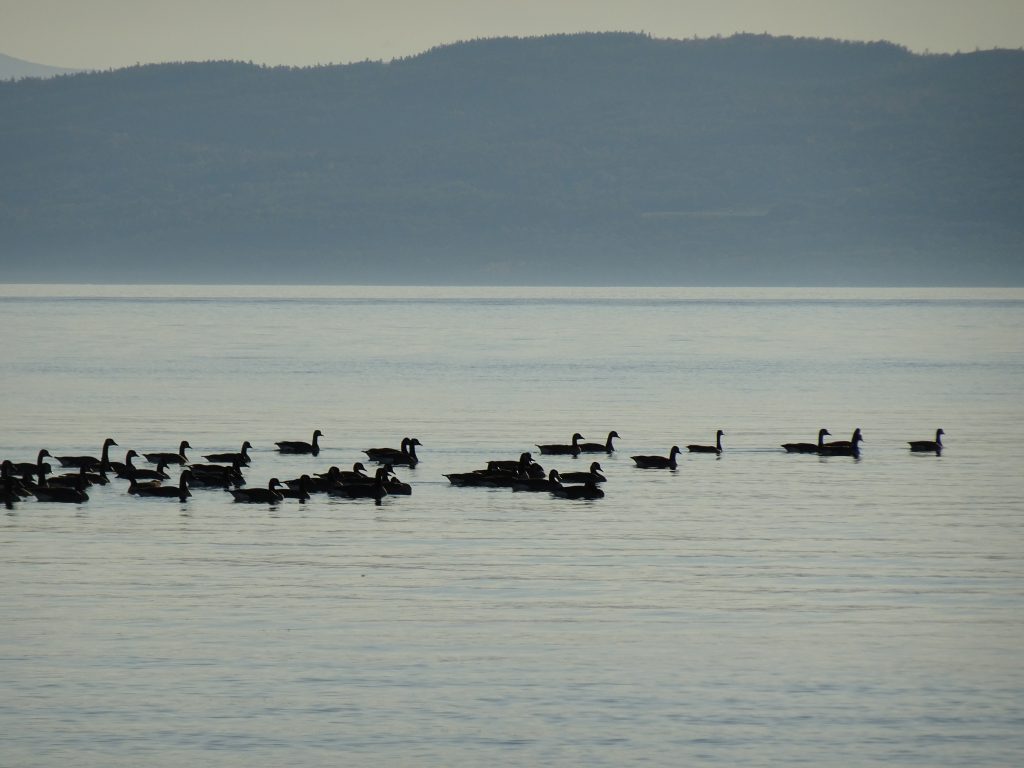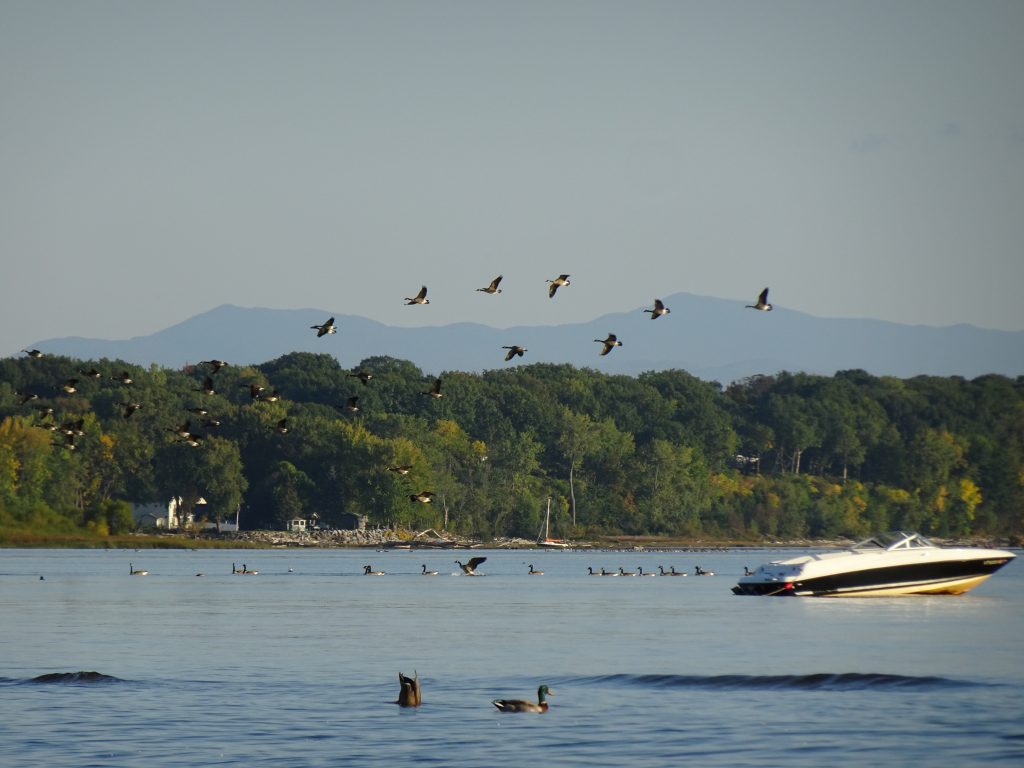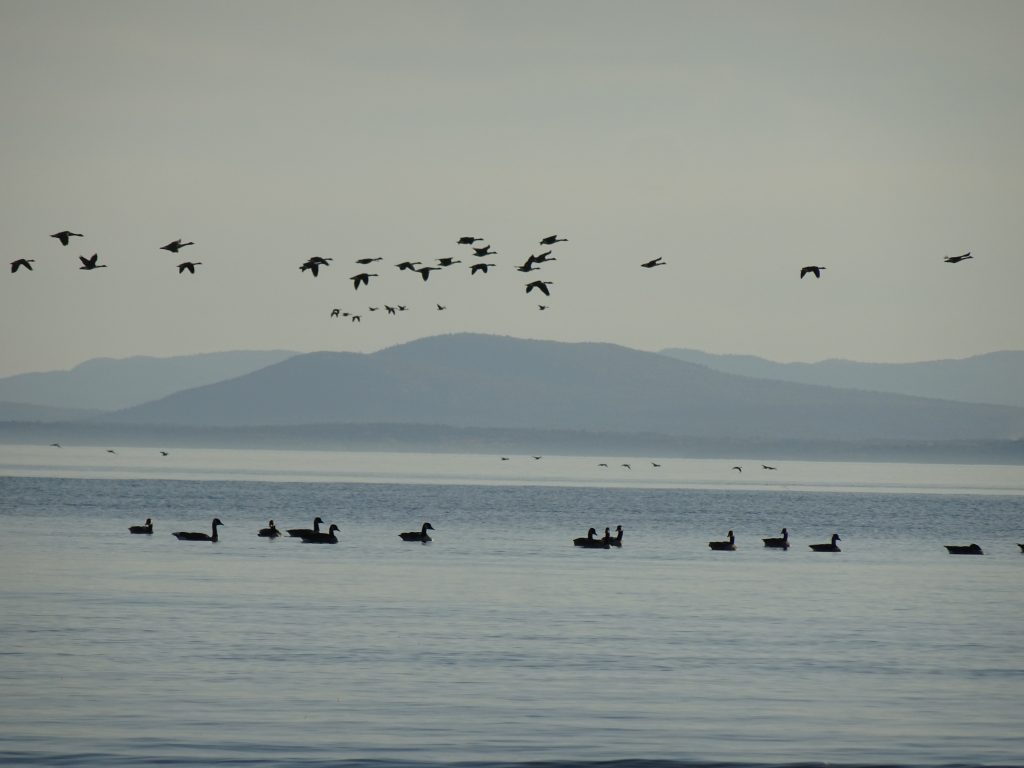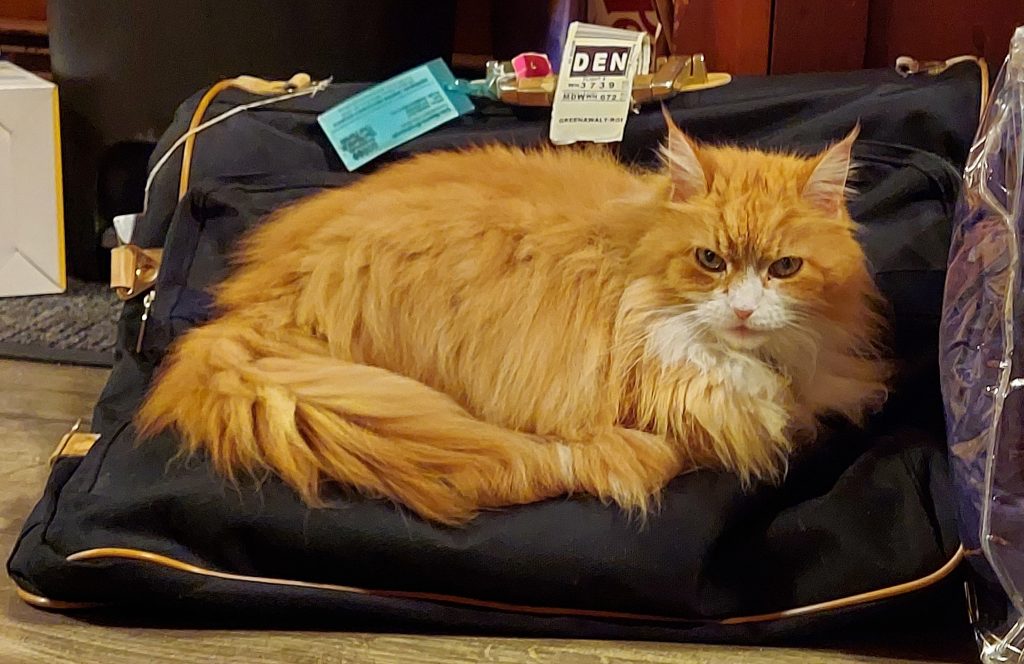Bob and I are thankful to be back on the road, living in Puerto Rico, but COVID dominates the landscape.
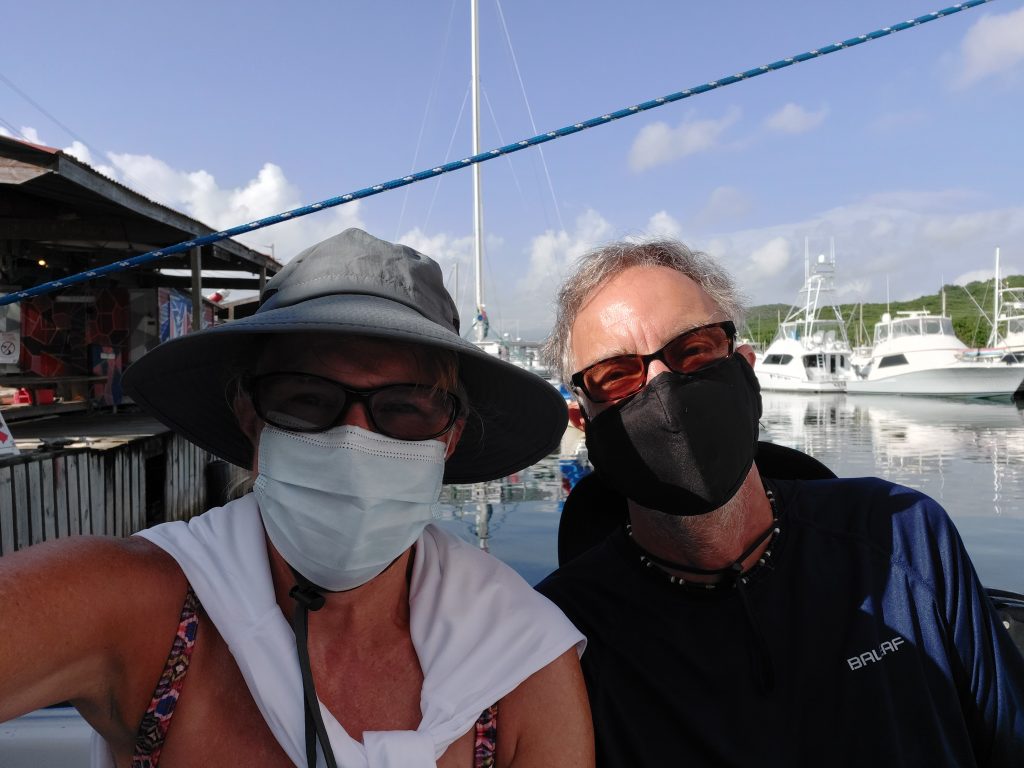
I’m writing this blog today because I have a dry cough, probably related to forgetting to take my allergy medicine yesterday. It kept me up during the night, and suddenly I thought, What if it’s COVID? I left our bed, took the meds, and lay on the couch till the coughing stopped.
Then this morning, I got a few texts from our oldest child, Aryk, now living in Bath, England, who is visiting a friend for the weekend who lives a few hours away. Aryk had to navigate British Railway, including a connection in a crowded station, to get there. People were coughing in their train compartment, which of course had Aryk worrying: What if it’s COVID? Will I get it? And then will I give it to my immunosuppressed friend?
I did some research into British Rail and discovered the agency is using the most state-of-the-art HEPA filters to keep the air clean in its trains, and scientific studies have not found COVID in their cars or on surfaces. But just to make sure, Aryk took a COVID test before they would unmask to enjoy their time with their friend.
In fact, Aryk, who has to take buses to get anywhere, takes a COVID test every week, just as a precaution. They don’t want to get it, and they don’t want to give it to anyone. And it helps alleviate their chronic anxiety over this nasty pandemic to know, once a week, that they are still COVID-free. Fortunately, the National Health Service (NHS) in England gives these tests away for free, unlike in the United States, where we pay an arm and a leg.
COVID Vigilance
But I found a cheap COVID test source in Wal-Mart and took a test myself today. I don’t want what I think is allergies to make Bob sick, or any of the people around me. Thankfully, it was negative.
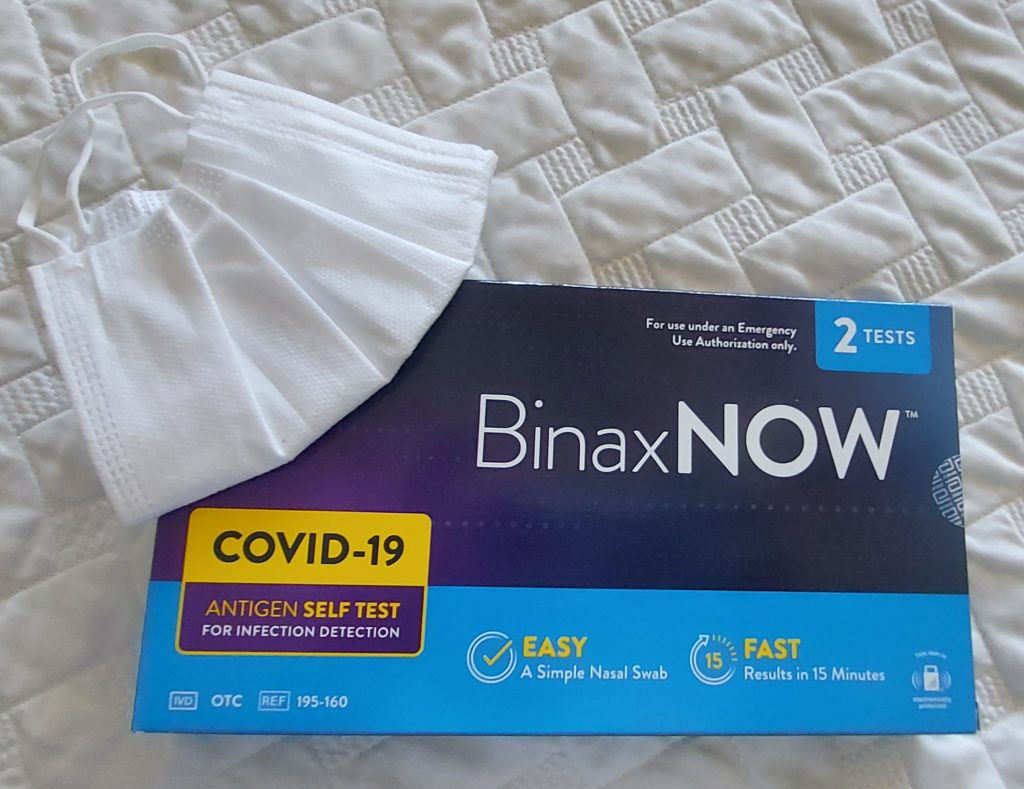
One of the reasons we chose to live in Puerto Rico this fall is because warm weather means outdoor living, and outside is the safest place to be during this pandemic.
COVID-19 and Puerto Rico
But of the territory’s proactive response to the virus also played a huge part in our decision. COVID prevention is everywhere here. We got our temperature taken at the airport before we could enter. Even before we boarded our plane, we had to provide documentation of our double-vax status to our airline. Once we arrived on the island, we signed up for a COVID passport program called VacuPass PR, because restaurants need to see proof of vax status to let you in, and we didn’t want to carry our vaccination cards everywhere.
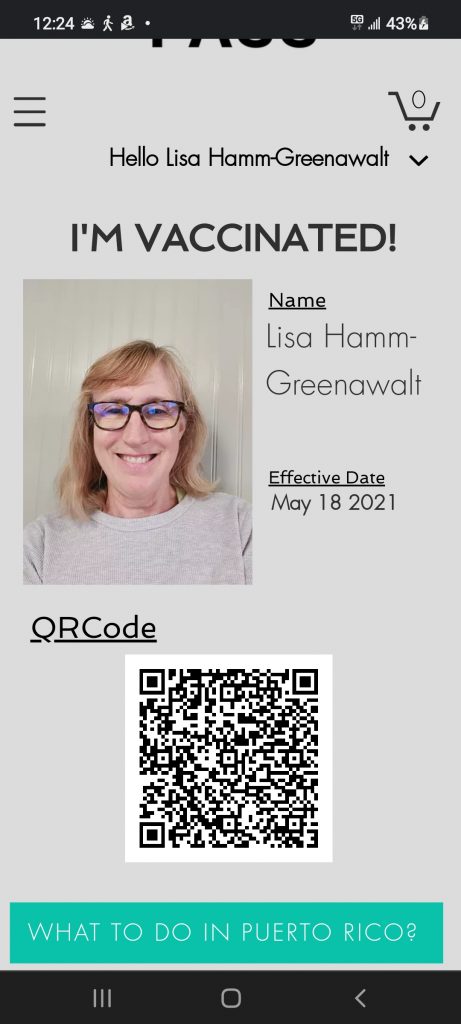
People were masks everywhere, even strolling down the street. Today we passed by the town square and saw a Cancer and COVID Prevention Fair going on, with blaring speakers, aerobic dance on a big stage, kids’ activities, and a COVID Vaccine Tent.
Unlike the United States, NO ONE is maskless in Puerto Rico. You cannot walk into our apartment building without a mask on. We had to wear masks to board the catamaran to go snorkeling the other day, although we were soon allowed to remove them. People eating outdoors wear masks until their food or drinks arrive. Heck, they wear them when they’re strolling on the beach! They just this week lifted a curfew on nightlife between midnight and 5 AM.
That is why this island leads the nation in COVID-19 vaccinations, even among children. Still recovering from Hurricane Maria, it needed to avoid overwhelming its health care facilities. The government got right on the pandemic, and the people cooperated. Our experience with Puerto Rican government when we lived here 27 years ago did not include this level of efficiency, and we were surprised and impressed.
Although Bob thinks their mask-wearing is a little excessive, I like it. It makes me feel safe. I took the COVID test today because these people deserve to be protected. It’s respectful. The mask is hot on my face, and I hate it. But I would hate to get COVID a lot more.
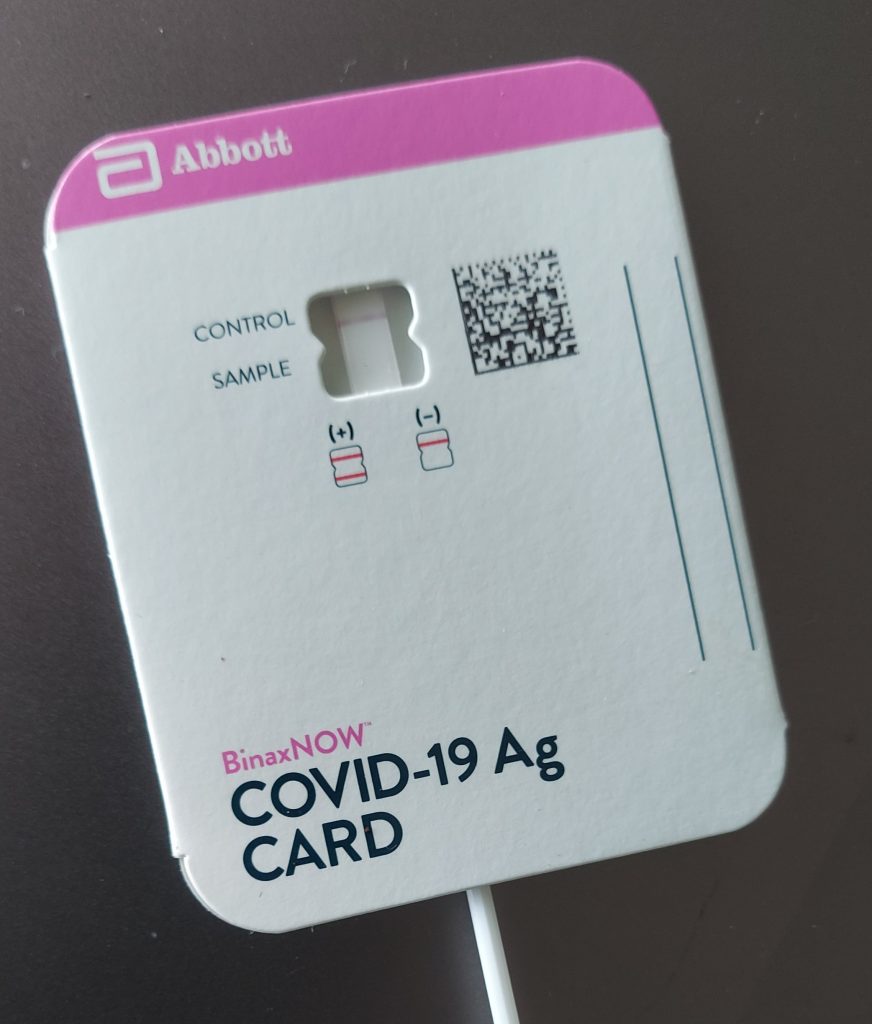
And as of today, I am still negative! And for me, traveling in COVID times, being negative is a real positive.


